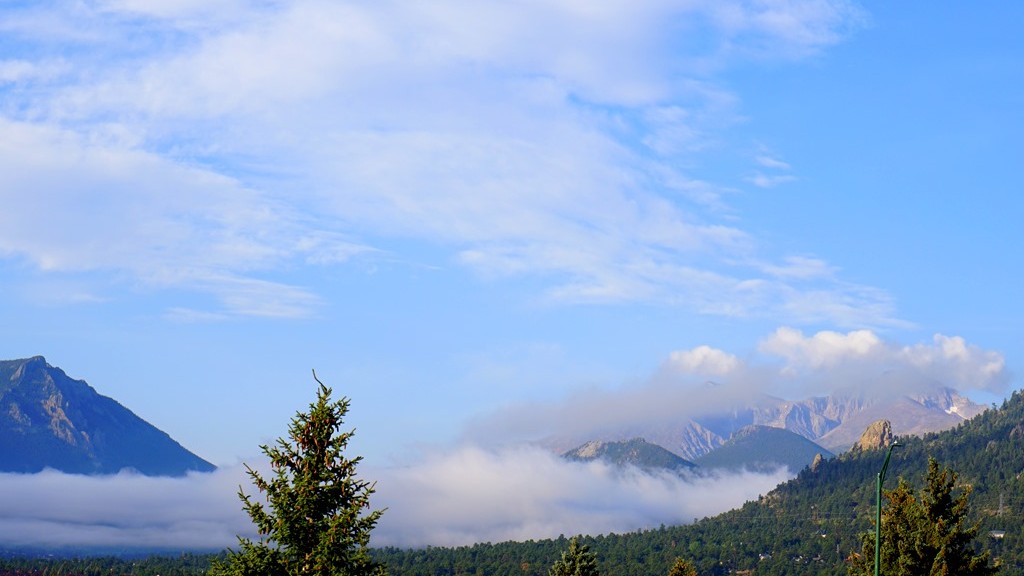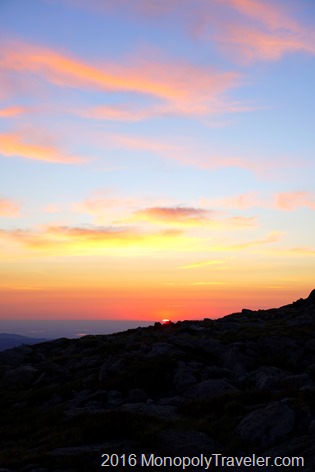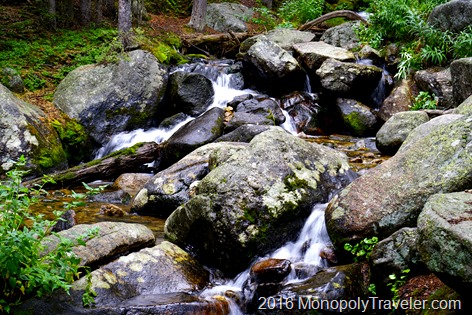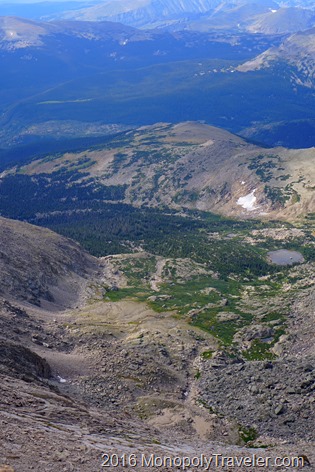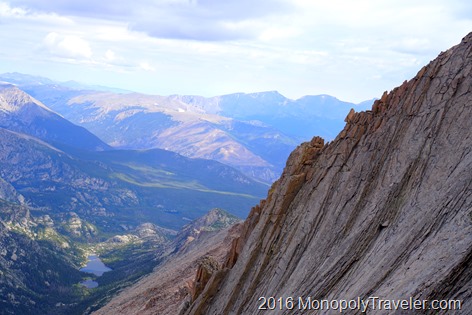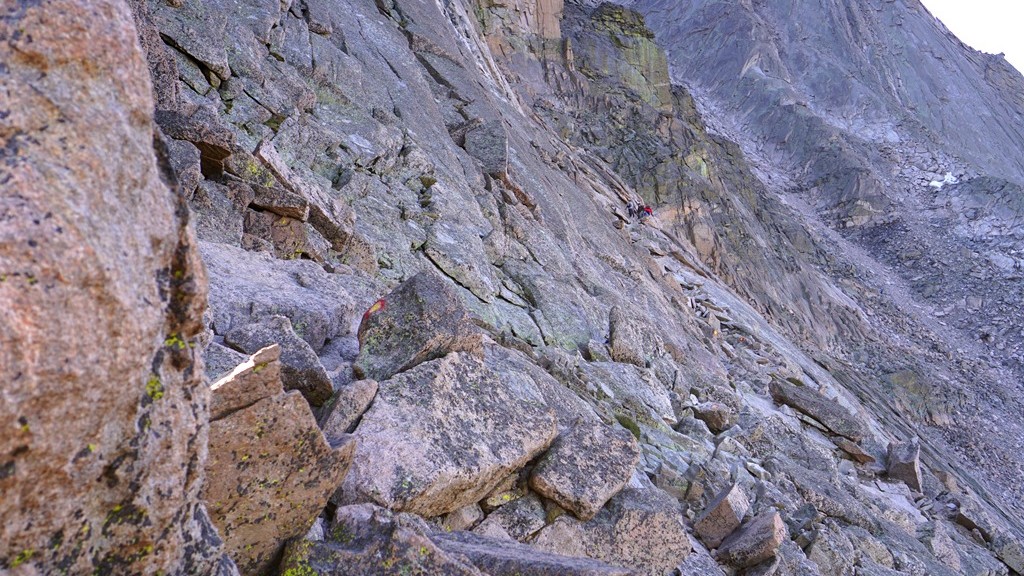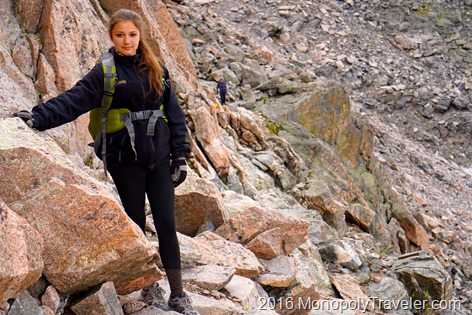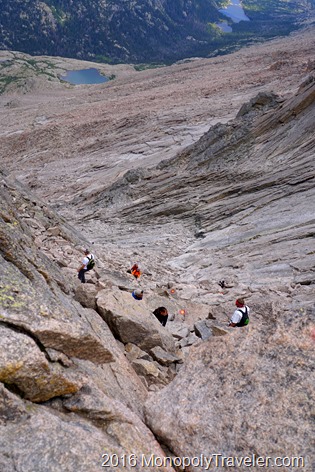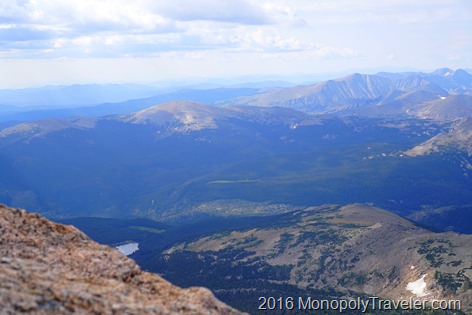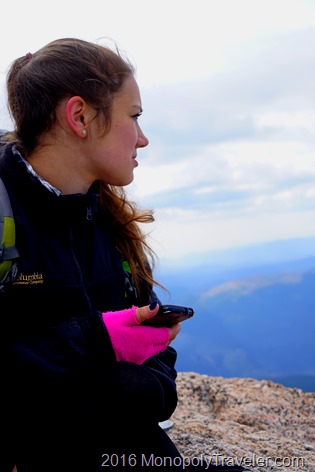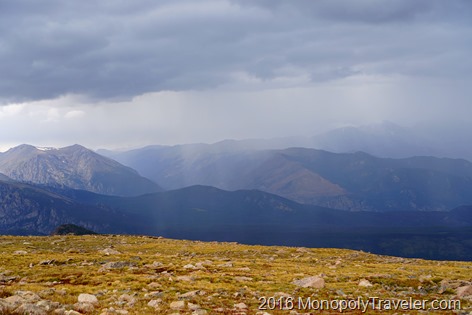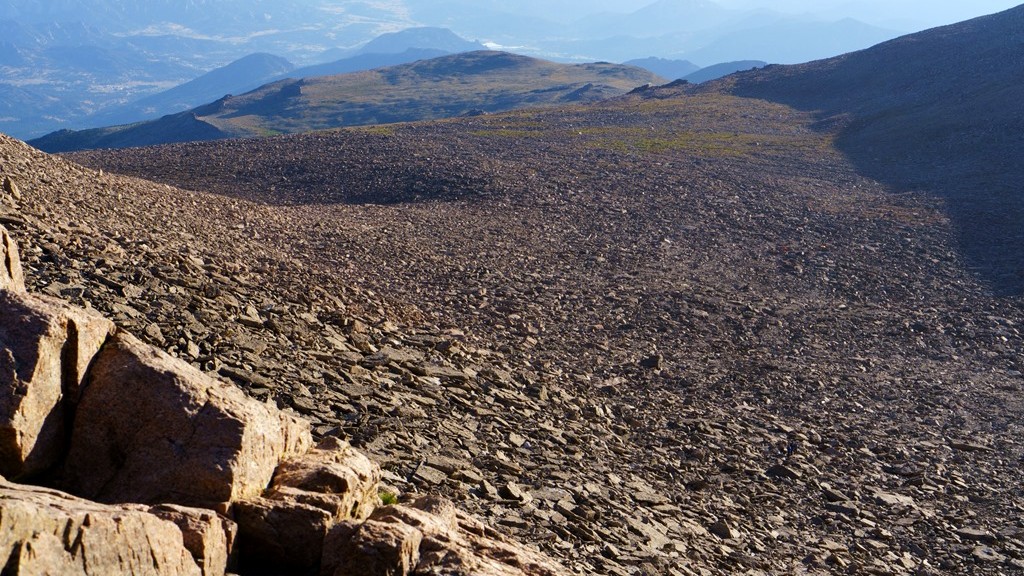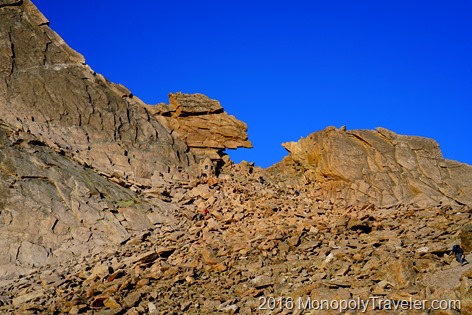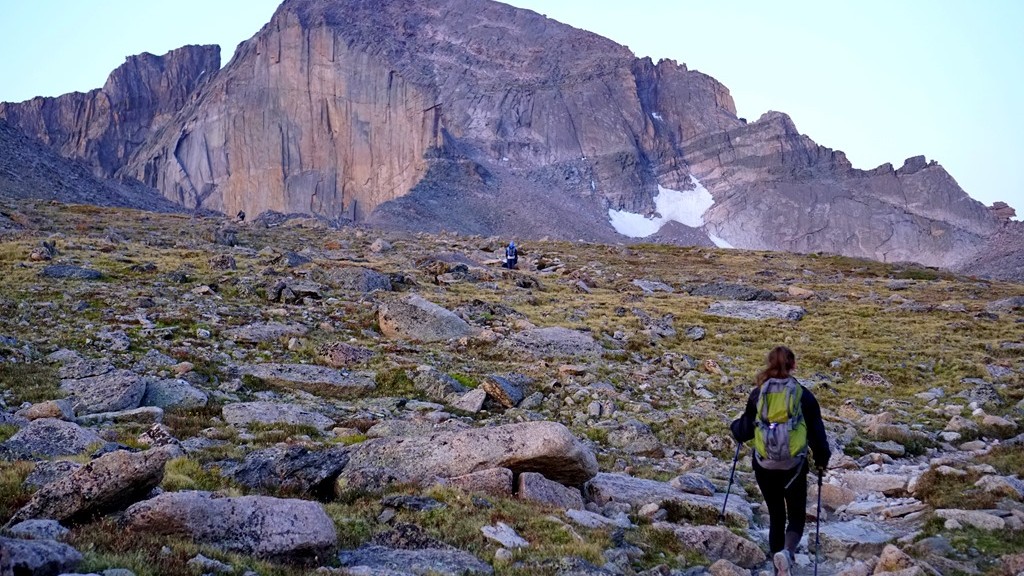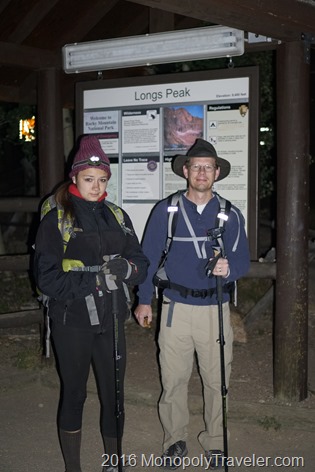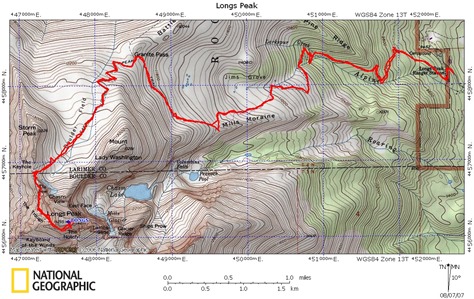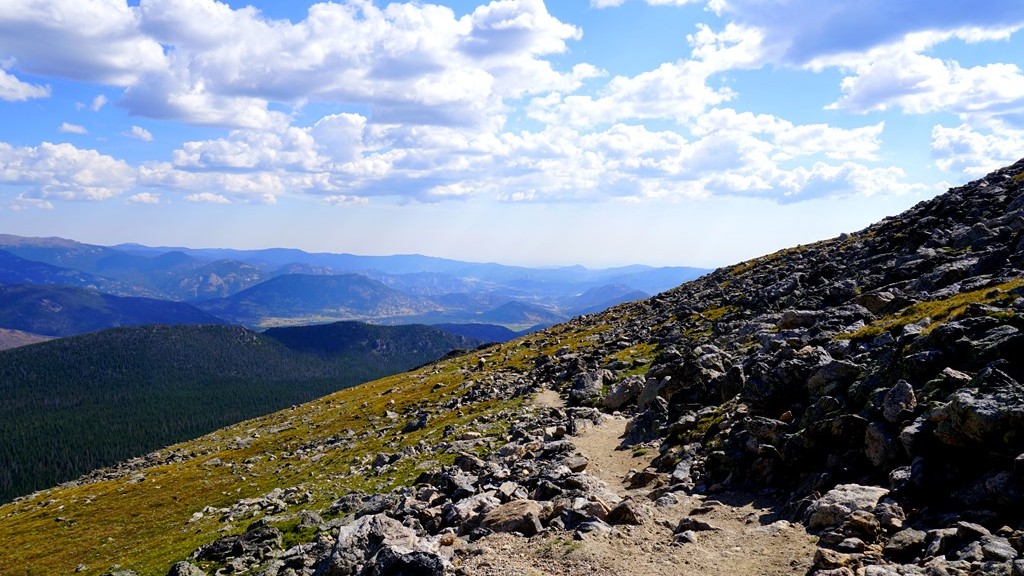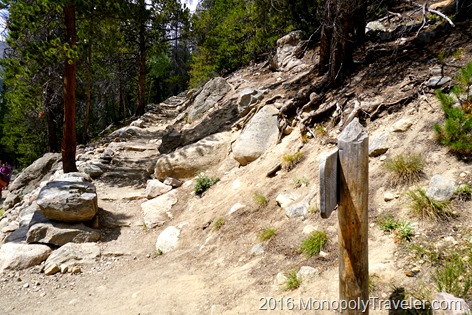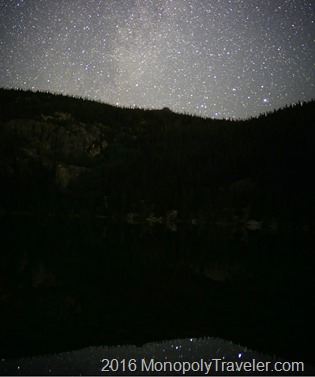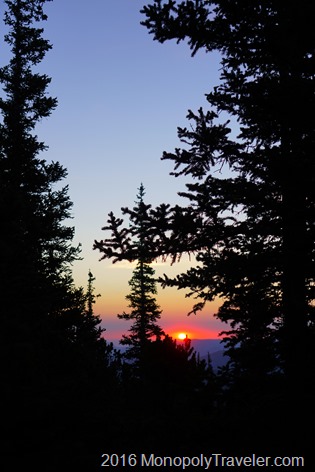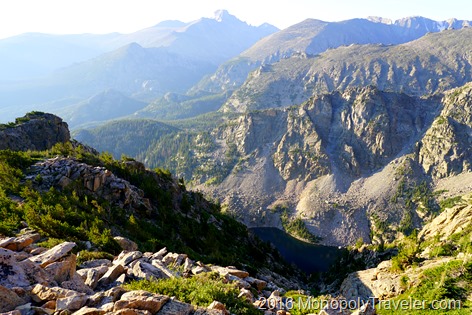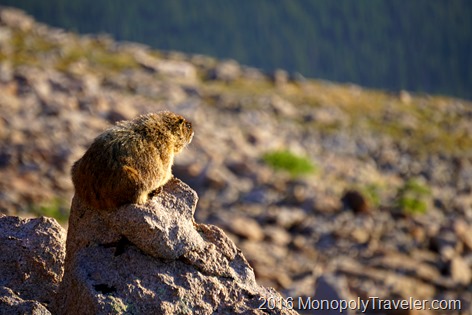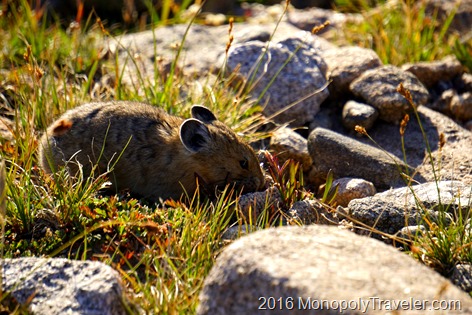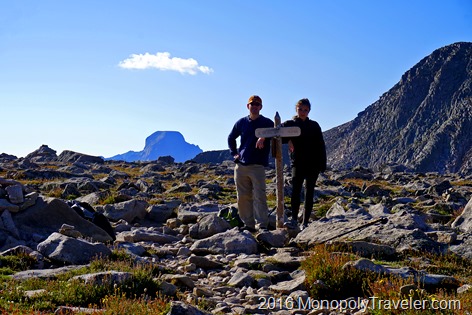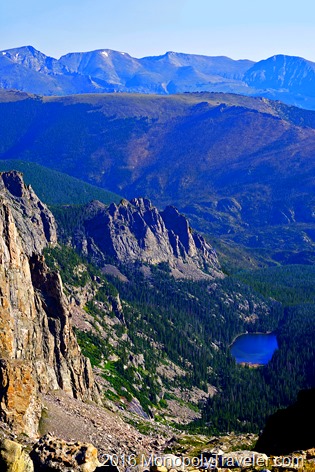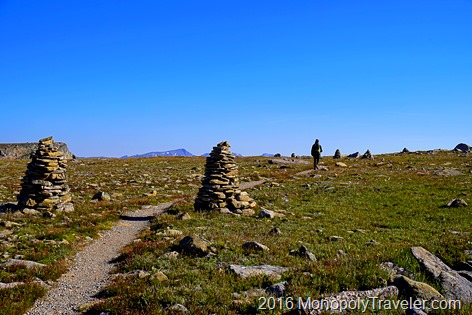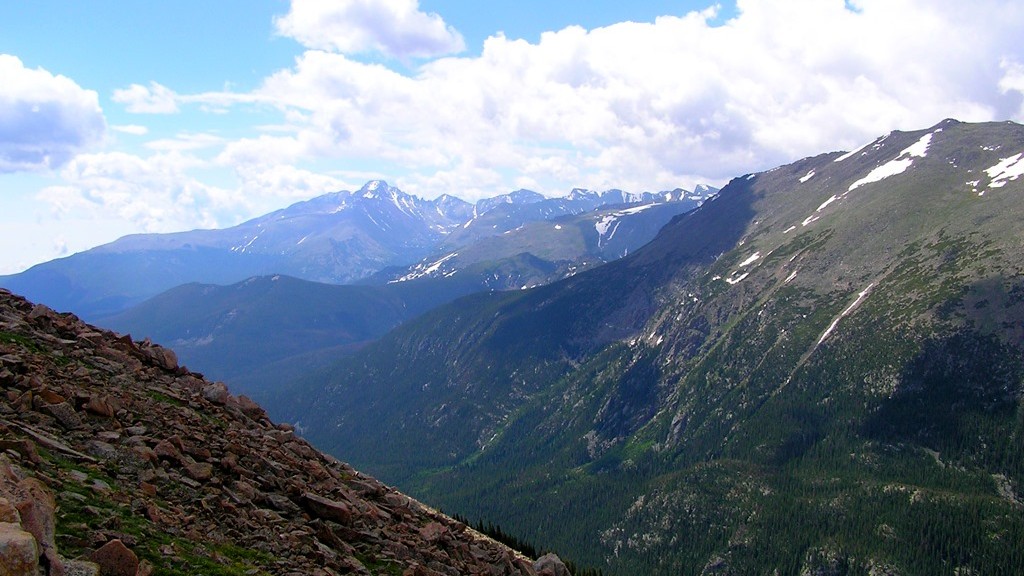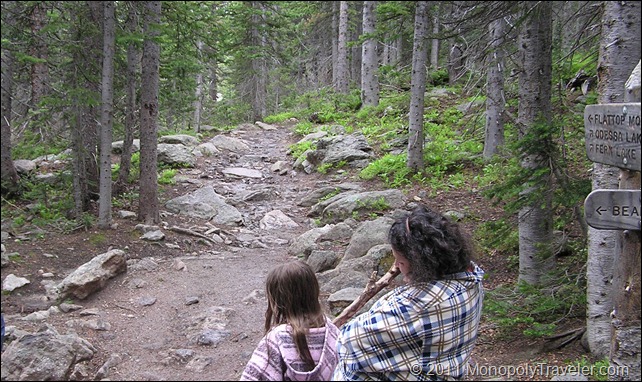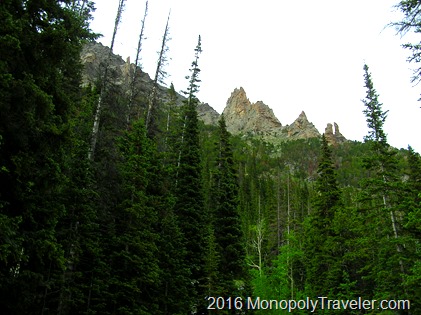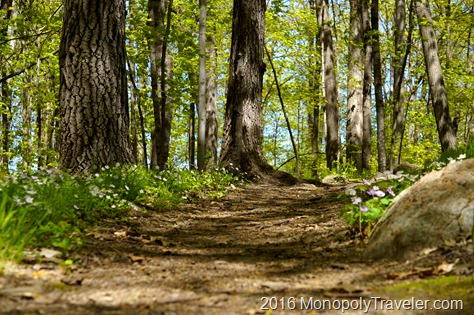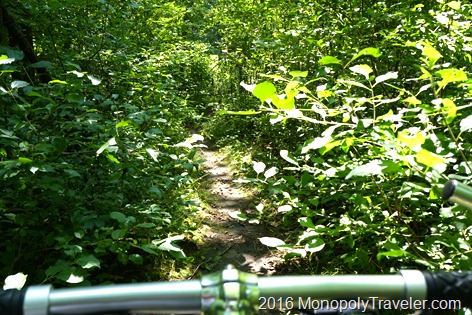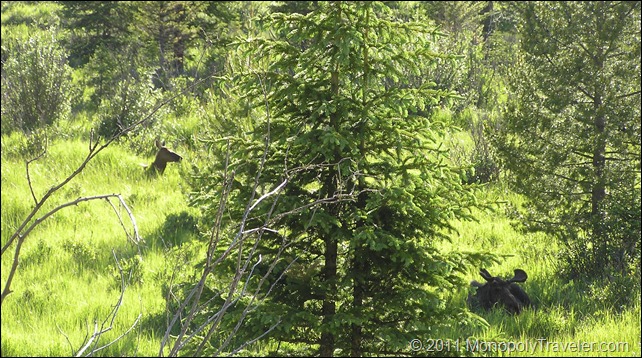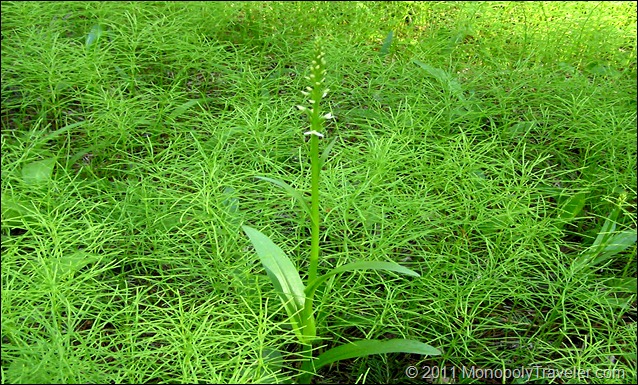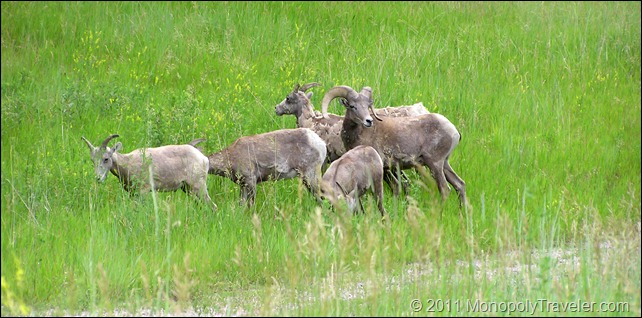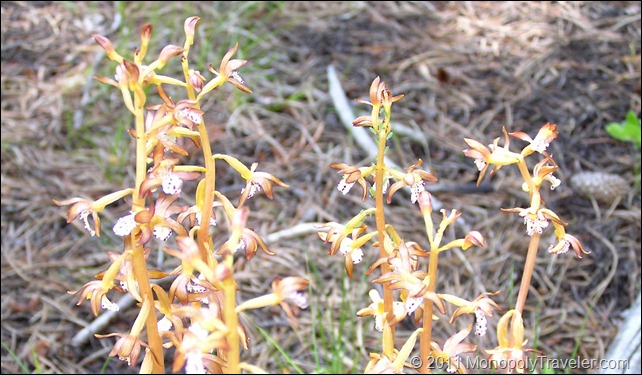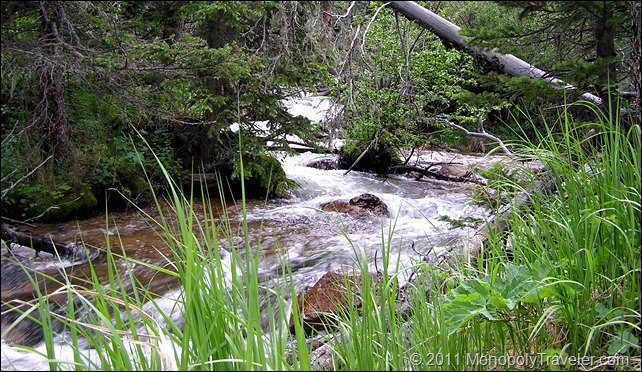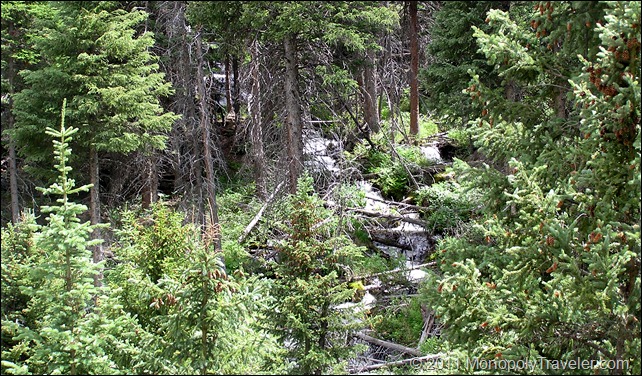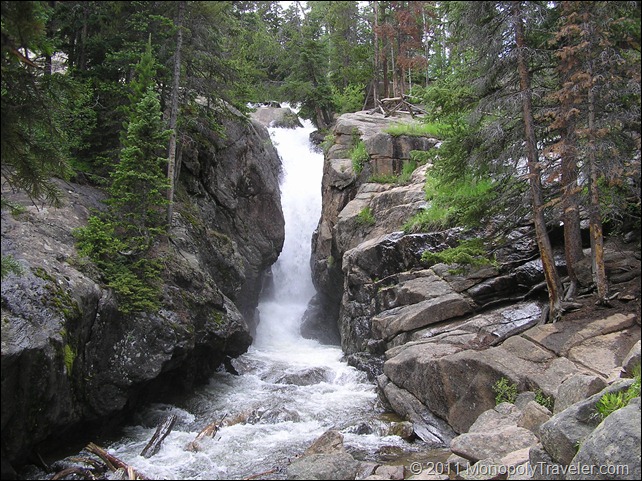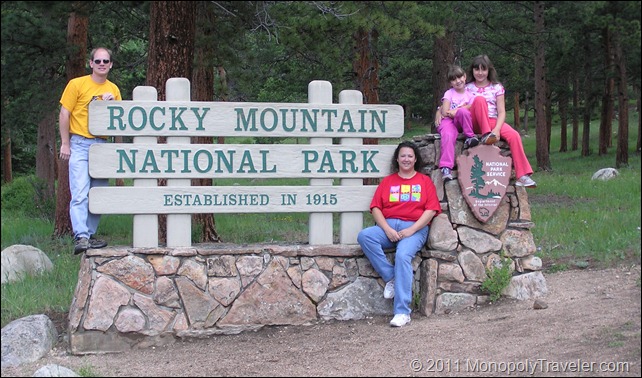A good gage for me of if I liked an experience is would I do it again. Would I hike/climb Longs Peak again? It depends on when you asked me. For a couple of weeks following I would’ve told you I was glad I did it but probably would not do it again. Asking a couple of months later I would definitely consider doing it again if the opportunity arose in the next couple of years. Maybe that’s me just being stupid and forgetting how strenuous the hike is even before getting to the keyhole and how difficult the thinner air above 10,000 feet makes this hike. Being stupid or not I know now what to be prepared for.
For 2 days following the hike to Longs Peak I had difficulty walking because of pain in my legs. Getting up from sitting and sitting back down were functions I lacked without assistance. I credit this to going 6 miles downhill at a fast pace without taking breaks allowing my legs to gain adequate oxygen while trying to avoid the surrounding storms. The other piece that took away from the enjoyment of this hike was difficulty in breathing for much of it. It felt like I was always gasping for air whenever I wanted to climb after passing the Boulder Field Campground. It would not have been as demoralizing if there wasn’t a timeline due to storms and my ride at the trailhead pre-scheduled without a means of contacting my ride to re-schedule allowing for more enjoyment of a slower pace. I was unsure of my abilities in these conditions so I had to estimate a pick up time which turned out to be too early in the afternoon.
While on the mountain trying to decide if we should continue on from the Trough or not I kept trying to determine if I would regret not summiting if that was the decision we made. Well, it’s been a couple of months now and I do not regret our decision. For the conditions it was the right call for us. It likely would have taken us an additional 2 hours to summit and make it back to our position above the Trough. We would have gotten caught in increasingly difficult conditions due to storms in our descent increasing the risk of injury or worse. I wish the conditions would have allowed us to continue to summit but that just was not our situation. There is such a great respect for those that take on this climb after having done almost all of it.
Upon completing this adventure I could not figure out how I felt about it. Was it worth all of the effort required to do it? I now feel a huge sense of accomplishment and satisfaction tackling Longs Peak. It was completely worth the work, pain, and dedication to climb this mountain. What an unbelievable experience and to have been able to share it with my oldest daughter is priceless. It would have been great to also share it with my youngest daughter but that would have been more than I could handle on my own given the risks involved above the Keyhole. The scenery was so beautiful and peaceful both on the way up in the serenity of a moon lit landscape and the way back down as the mountain tops turned white from the snow while we got rained on. It must have been a great accomplishment as I’m considering a hike to the top of Mauna Loa on our final Monopoly adventure to Hawaii Volcanoes National Park which surprisingly tops out at over 13,600 feet. Additionally I monitor the Longs Peak trail conditions and webcam having a more intimate relationship with this mountain now. I love adventures and this was an amazing one!

